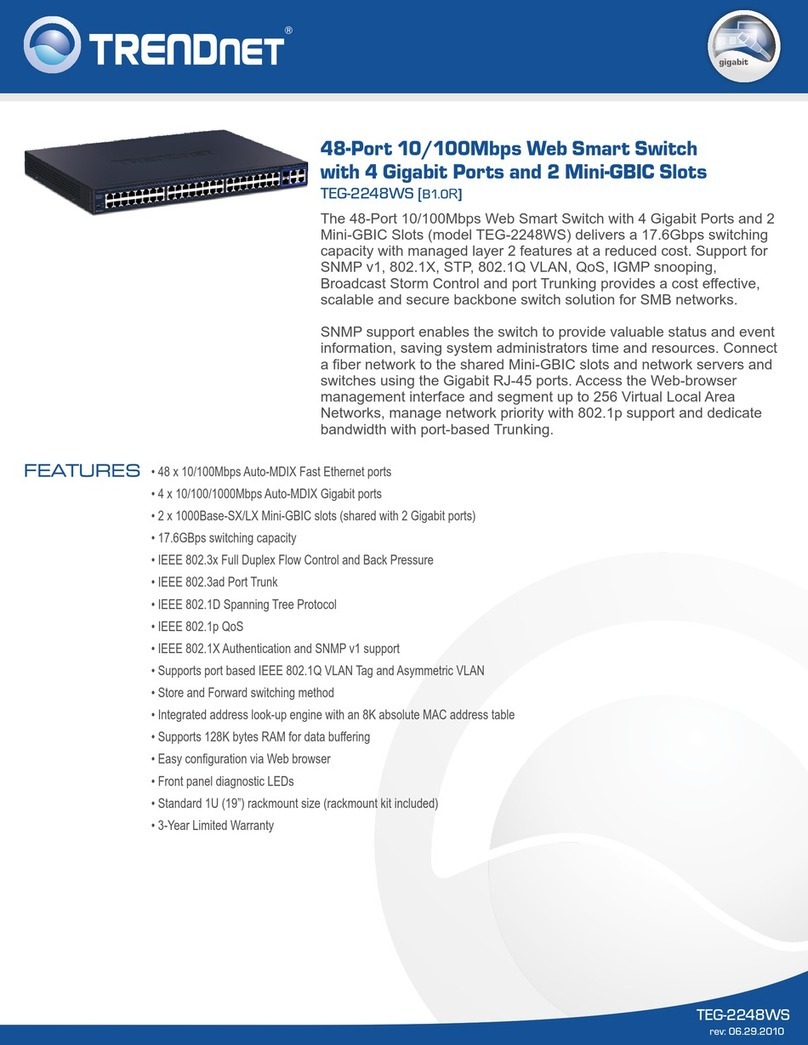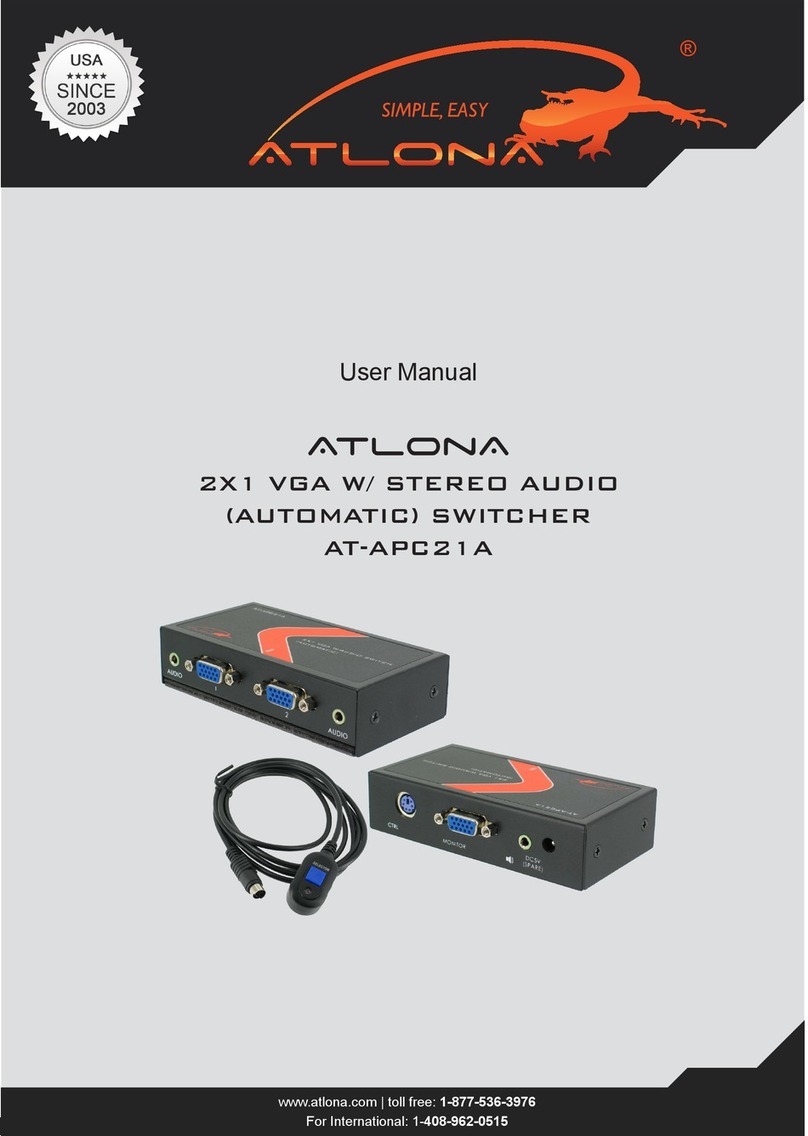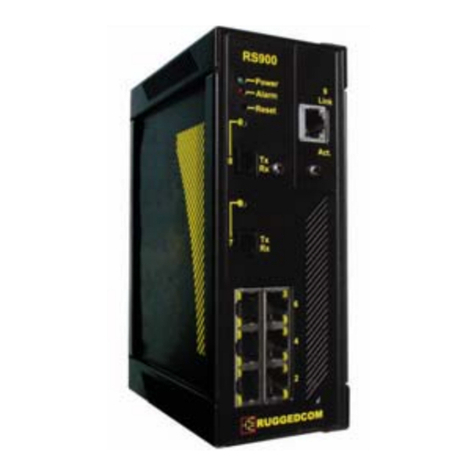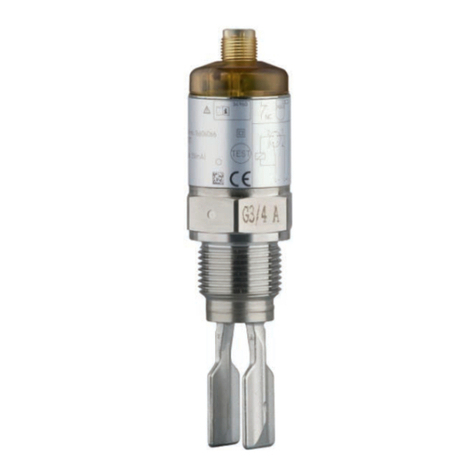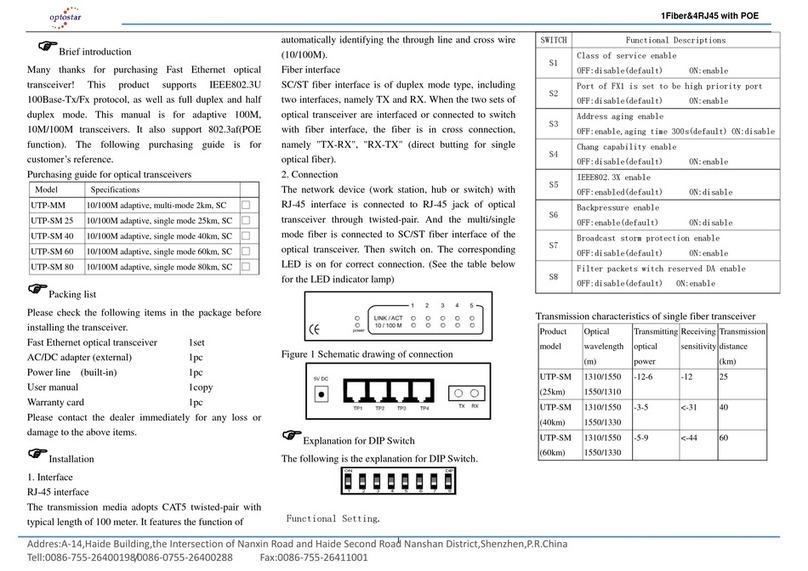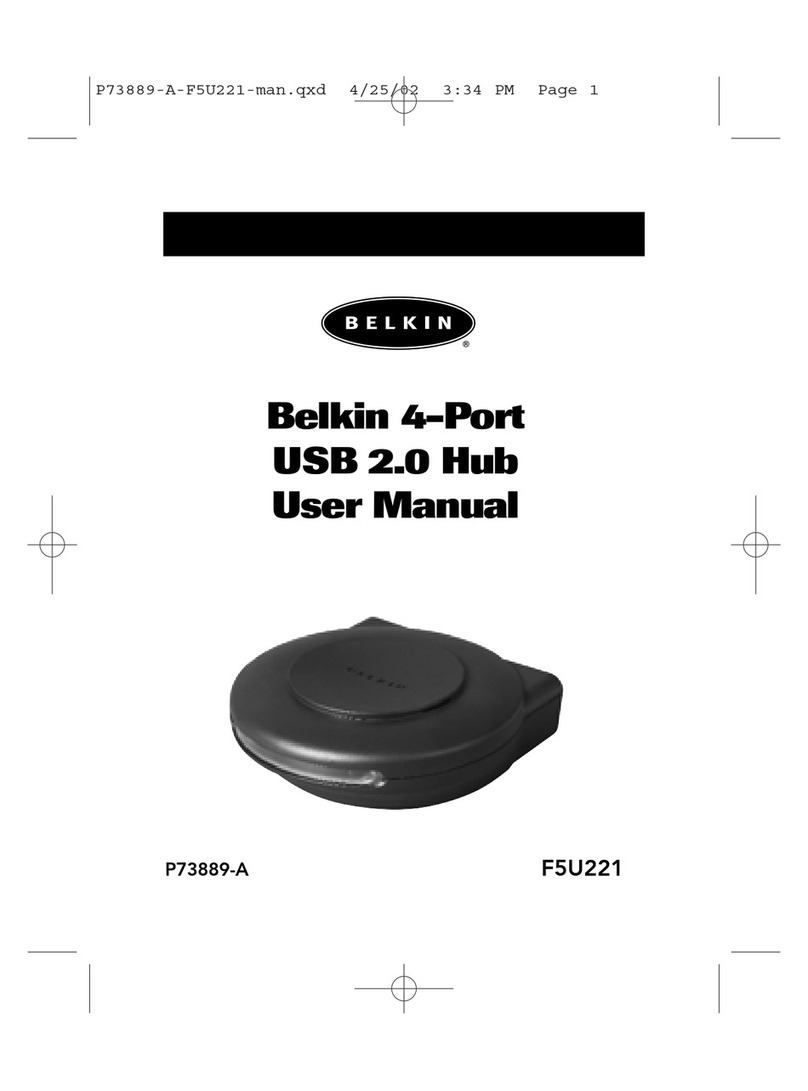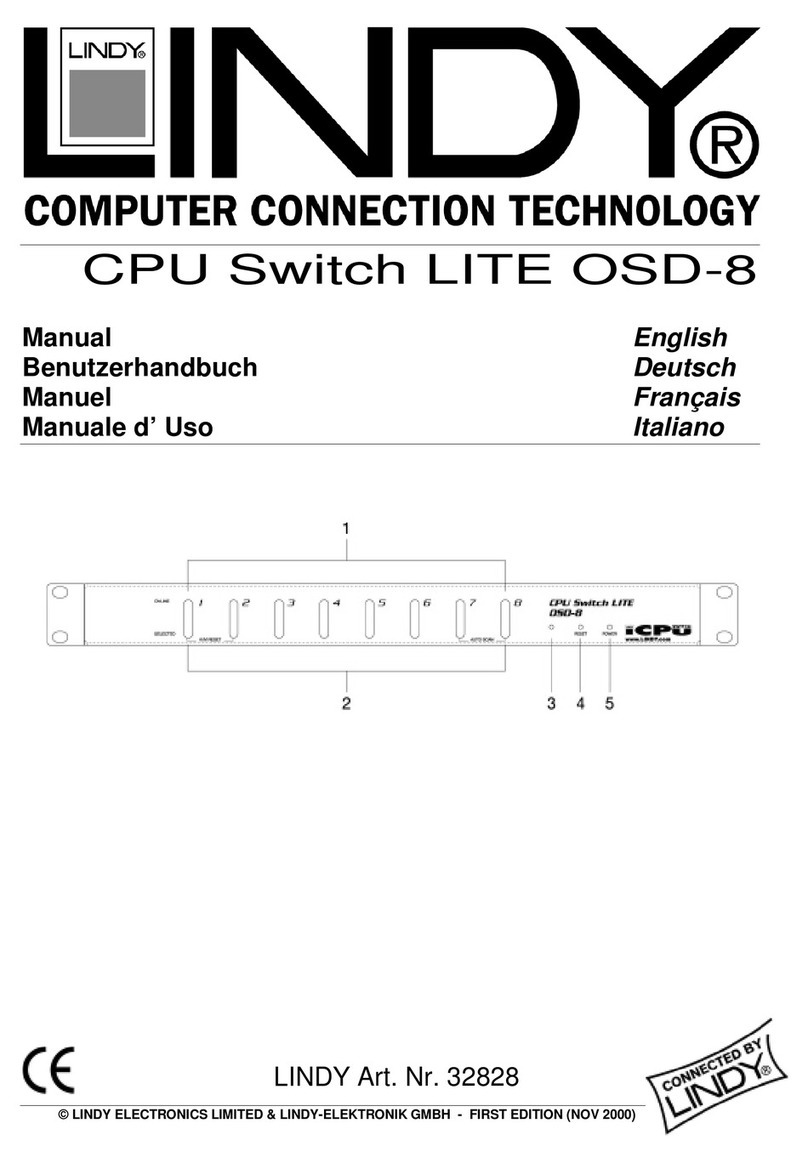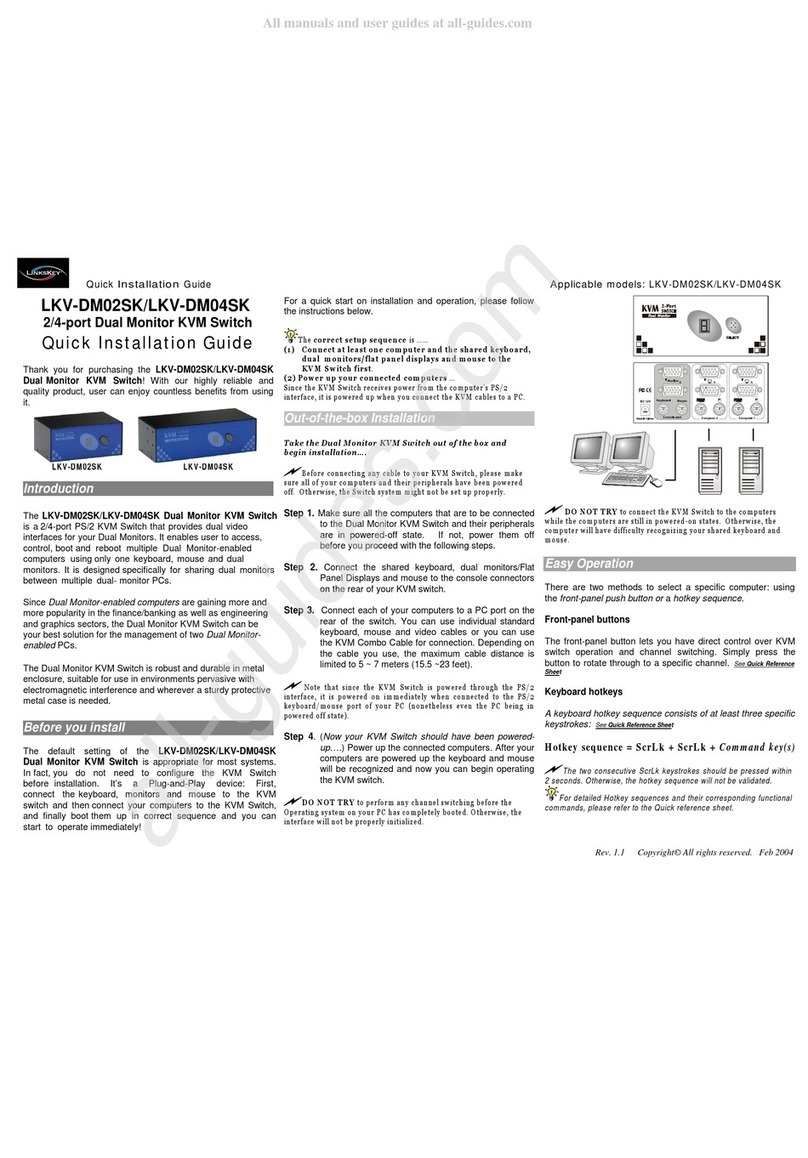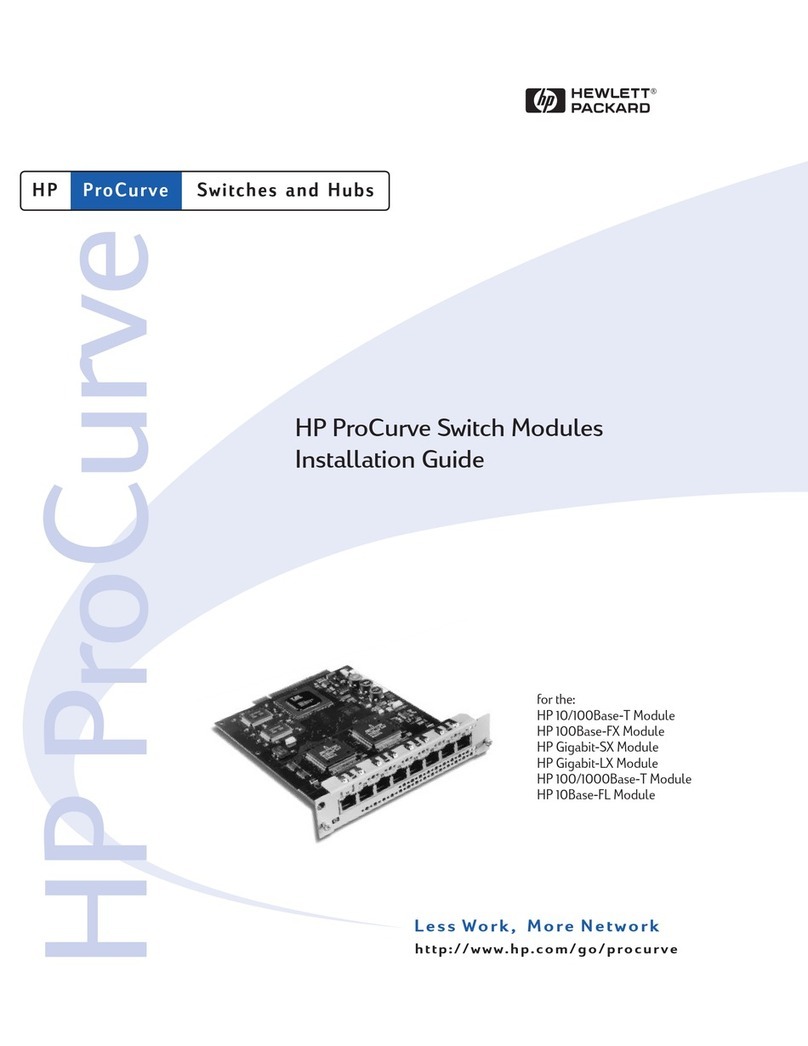BLOCKsignalling ASPSW1 User manual

SIGNAL CONTROL SWITCH ASPSW1
The ASPSW1 is used to manually operate multi-aspect led signals from a control
panel position using a rotary switch. Matching panel mounting kits containing legend
plates, control knobs and screws are available separately.
The lit aspects to be shown by the attached led signal can be selected using a
rotary knob at the control panel
When moving through positions with the switch, signal changes are
supressed until a final selection is made
All changes to the aspects shown by the signal are made using progressive
fading to simulate the use of filament lamps in the signal (can be turned off).
Additional leds can be fitted to the control panel to mimic those on the layout.
No resistors are required simplifying wiring as the module provides a stable
output to feed the attached signal
Requires a 12V DC Power Supply

Page 2 of 11
BLOCKsignalling www.blocksignalling.co.uk
Introduction
Controlling multi-aspect signals using a single switch on a control panel has
traditionally been problematic.
Using a single switch wired directly to the signal means that the aspects shown
change abruptly, rather than with the smooth fading that occurred in reality when
switching from one aspect to the next.
But the main problem is switching from one state to another without unintentionally
showing an intermediate state, say from GREEN >> RED >> YELLOW >> DOUBLE
YELLOW then back to RED again if another train enters the section (you don’t want
the single yellow aspect to be shown in error).
When switching from yellow to double-yellow there can be problems maintaining the
same brightness of the leds, requiring additional connection of diodes and resistors
to keep the brightness the same.
The ASPSW1 overcomes all of these problems and provides simple operation of the
attached signal with a control which is in keeping with the types of switches provided
in signal boxes. All changes to the shown aspects occur with smooth fading of the
leds and the module takes care to keep the brightness of the yellow leds consistent.
Additionally, the module doesn’t change the state of any of the aspects until the
switch has been in position for a short period of time. You can directly select any
state confident that an incorrect intermediate state will not be shown.
Power Supply
The module is designed for use with a 12V DC plug-top type power supply.
The current consumption is less than 0.02A (20mA), and a power supply rated at
0.25A to 1A is recommended.
Do not connect to auxiliary terminals on the back of a train controller as the module
may operate unpredictably and could be damaged. These outputs are often
unsuitable as they are designated as a fairly basic power outputs for accessories
such as points motors and may not be smooth or stable.
If a DC power supply is connected with incorrect polarity no damage will occur.

Page 3 of 11
BLOCKsignalling www.blocksignalling.co.uk
Connecting Signals
The power supply and signal connections are made to the screw terminals on the
rear of module.
Depending on the manufacturer of your signal, the colours of the wires may vary. In general
the black wires will be common to all the leds in your signal head. Check with your signal
instructions or the manufacturer of your signals if in doubt.
_
+
POWER
SUPPLY
BLUE WIRE (TOP YELLOW LED +)
GREEN WIRE (GREEN LED +)
YELLOW WIRE (LOWER YELLOW LED +)
RED WIRE (RED LED +)
RED
GREEN
YELLOW
YELLOW
WHITE WIRE (S) (LED -) BLOCK
signalling
1k Resistors

Page 4 of 11
BLOCKsignalling www.blocksignalling.co.uk
Legend Plate Kits
Currently available legend plates are 50mm x 50mm (approx. 2” square). The ASPSW1
module is fixed to the rear of the plate and held in place by the shaft of the rotary switch.
Align the small tang of the switch with the left hole on the legend plate.
They are supplied with a matching control knob and four screws (M2.6, 8mm long).
The legend plate is two sided giving the option of the following text (white text on a black
background):
1. CLEAR, DANGER, CAUTION, PRELIMINARY CAUTION
2. GREEN, RED, YELLOW, DOUBLE YELLOW
BLOCK
signalling
LEGEND
PLATE NO.1
+ +
CONTROL
KNOB PANEL
SCREWS

Page 5 of 11
BLOCKsignalling www.blocksignalling.co.uk
Assembly Side View
Drilling Template
21.5mm 21.5mm
21.5mm21.5mm
Central hole
>18mm
Corner holes
2.5mm
25mm
16.5mm
10.5mm
ASPSW1 Legend Plate BLOCK
signalling
Baseboard
Knob

Page 6 of 11
BLOCKsignalling www.blocksignalling.co.uk
Example Control Panel
The diagram below shows an example of a control panel with the ASPSW1 module
mounted below the route mimic. The module has been fitted with a control panel
legend plate and control knob.
As well as the attached signal, “repeater” leds can be fitted to the control panel and
wired to the module so the status of any signal out of view of the operator can be
confirmed.
BLOCK
signalling
BLOCKsignalling ASPSW1
Mimic Leds

Page 7 of 11
BLOCKsignalling www.blocksignalling.co.uk
Control Panel Led Wiring
The diagram below shows the additional wiring connections for optional control panel leds.
When connecting leds it is important to connect them the right way around and to
place a 1k resistor in series with the common wire.
The negative lead (cathode) is identified by a flat on the side of the led body, and by
having a shorter lead.
RED
GREEN
YELLOW
YELLOW
CH4+
CH3+
CH2+
CH1+
GND
+
-
_
+
POWER
SUPPLY
BLUE WIRE (TOP YELLOW LED +)
GREEN WIRE (GREEN LED +)
YELLOW WIRE (LOWER YELLOW LED +)
RED WIRE (RED LED +)
RED
GREEN
YELLOW
YELLOW
WHITE WIRE (S) (LED -)
BLOCK
signalling
Led Connections
+
-Control Panel Mimic Leds
1k Resistor
1k Resistors

Page 8 of 11
BLOCKsignalling www.blocksignalling.co.uk
Programming
There is no necessity to reprogram the module, but there are a small number of adjustments
available to the user to change how the module operates.
Programming is performed by holding down the Push Button when switching on the power
and counting flashes of the led on the board..
Full details of the programming procedure is given on the following pages.
BLOCK
signalling
_+
POWER
SUPPLY
Programming
Button
Programming
LED

Page 9 of 11
BLOCKsignalling www.blocksignalling.co.uk
Program Flow Diagram
As mentioned above, there are a number of memory locations which can
programmed with different values to change the operation of the module.
Before starting, it is a good idea to write down the memory locations and the values
you are going to set them to.
Programming is performed by holding down the Push Button when switching on the
power. The red led on the PCB flashes at 1 second intervals.
When the required number of flashes is seen for the memory you want to change,
the button is released to select the memory. At this point the led comes on for five
seconds to confirm. Wait until it goes out.
The led then starts flashing again, and this time the button needs to be pressed to
store the value you want the memory to be set to.
After pressing the button, the led flashes 10 times rapidly, and the module starts
operating.
Repeat the process for the any other changes you want to make.
If you make a mistake selecting the memory location or setting the value, you may
want to perform a factory reset to return the module to its default settings.
See the following page for the options available.
Factory Reset
Resetting back to factory settings will allow the module to restart with known settings
and is useful if there may have been a mistake made in programming.
To reset the module back to factory settings, switch off the power to the module and
hold down the Push Button. Apply the power and continue holding the push button
until 1 flash of the led is seen. At this point, release the button. You will see a long
flash of five seconds.
The led will begin flashing again. When you have seen 1 flash, press the button.
You will see a long flash of five seconds and then 10 rapid flashes.
The reset procedure is then complete and the module will restart with factory
settings.
If you make a mistake programming, simply repeat the process.

Page 10 of 11
BLOCKsignalling www.blocksignalling.co.uk
1=SELECT
FACTORY RESET 1=PERFORM RESET
APPLY POWER
2=SELECT MODE 1=LAMP TEST
2=
2-ASPECT SIGNALLING
3=
3-ASPECT SIGNALLING
4=
4-ASPECT SIGNALLING
7=SET LAMP
FADE DOWN RATE
8=SET LAMP
FADE UP RATE
1=SLOW 9=FAST
DEFAULT=3
10=SET MAX RED
BRIGHTNESS SET MAXIMUM BRIGHNESS
1=DIM 7=BRIGHT DEFAULT=7
11=SET MAX UPPER
YELLOW BRIGHTNESS
12=SET MAX GREEN
BRIGHTNESS
SET MAXIMUM BRIGHNESS
1=DIM 7=BRIGHT DEFAULT=7
SET MAXIMUM BRIGHNESS
1=DIM 7=BRIGHT DEFAULT=7
1=SLOW 9=FAST
DEFAULT=4
PROGRAMMING DIAGRAM
SIGNAL ASPECT CONTROLLER VER 009 BLOCK
signalling
14=SET MAX LOWER
YELLOW BRIGHTNESS SET MAXIMUM BRIGHNESS
1=DIM 7=BRIGHT DEFAULT=7

Page 11 of 11
BLOCKsignalling www.blocksignalling.co.uk
Troubleshooting
Q. The attached signal does not light.
A. The module only works with common-cathode connected leds, such as those by Eckon
and Berko. If you connect common-anode wired leds it is likely they will not light.
Q. The control knob is not aligned with the legend plate.
A. Turn the control knob fully anticlockwise. Remove the control knob (by pulling it towards
you). Align the knob with the most anticlockwise legend, and push the control knob back
into place.
Q. How many ASPSW1 modules can I power from my 12V DC power supply ?
A. The module consumes less than 0.02A (20mA), so with a 1A power supply it should
comfortably be possible to operate 50 or more modules.
Table of contents
Popular Switch manuals by other brands
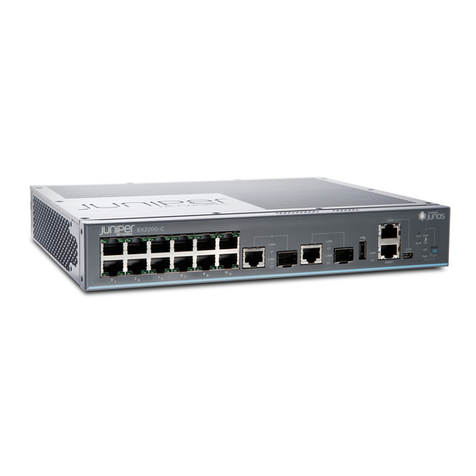
Juniper
Juniper EX2200-C quick start guide

Kramer
Kramer VS-211UHD quick start guide
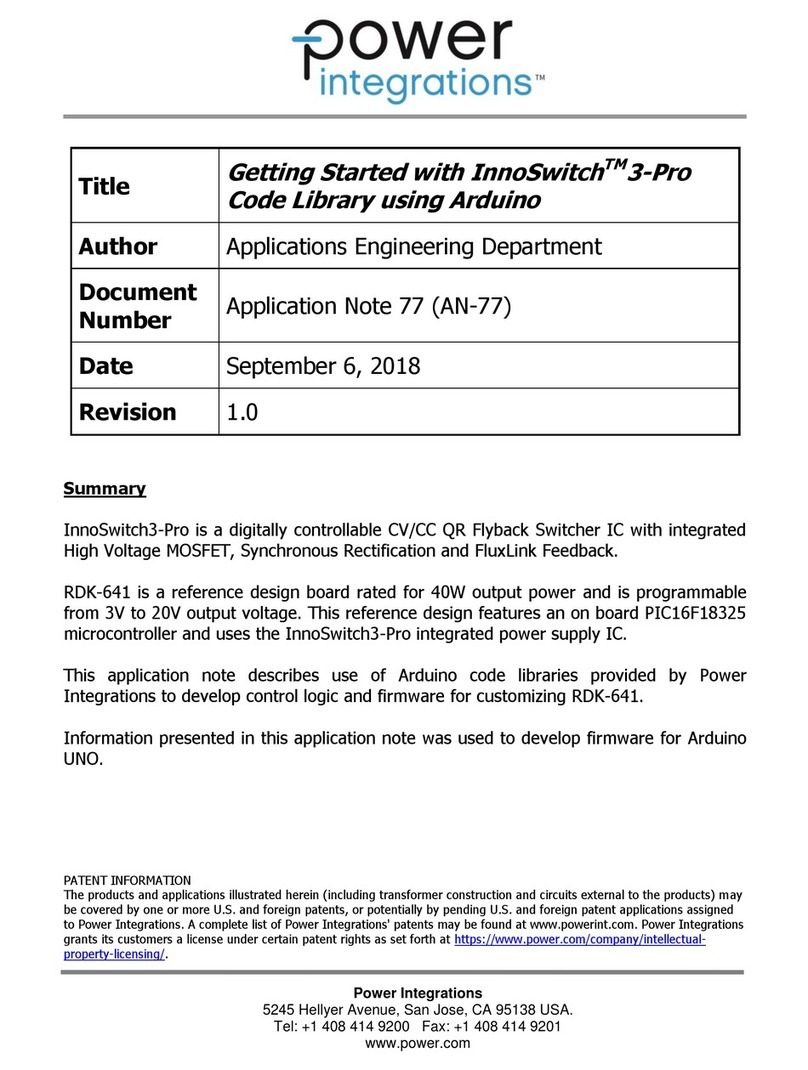
Power integrations
Power integrations InnoSwitch3-Pro Getting started

schmersal
schmersal EX-Z/T 235 operating instructions
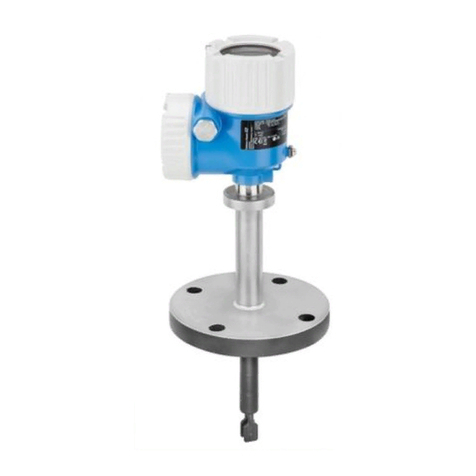
Endress+Hauser
Endress+Hauser Liquiphant FTL64 operating instructions
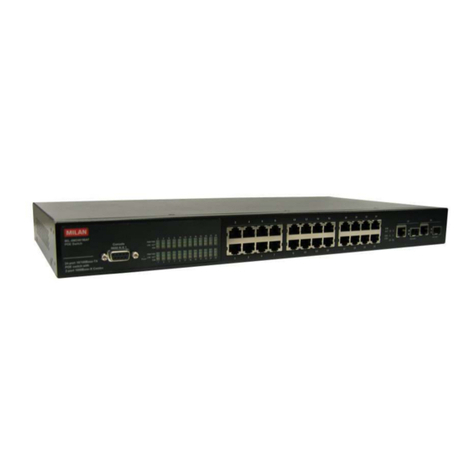
Transition Networks
Transition Networks Milan MIL-SM2401MAF user guide
